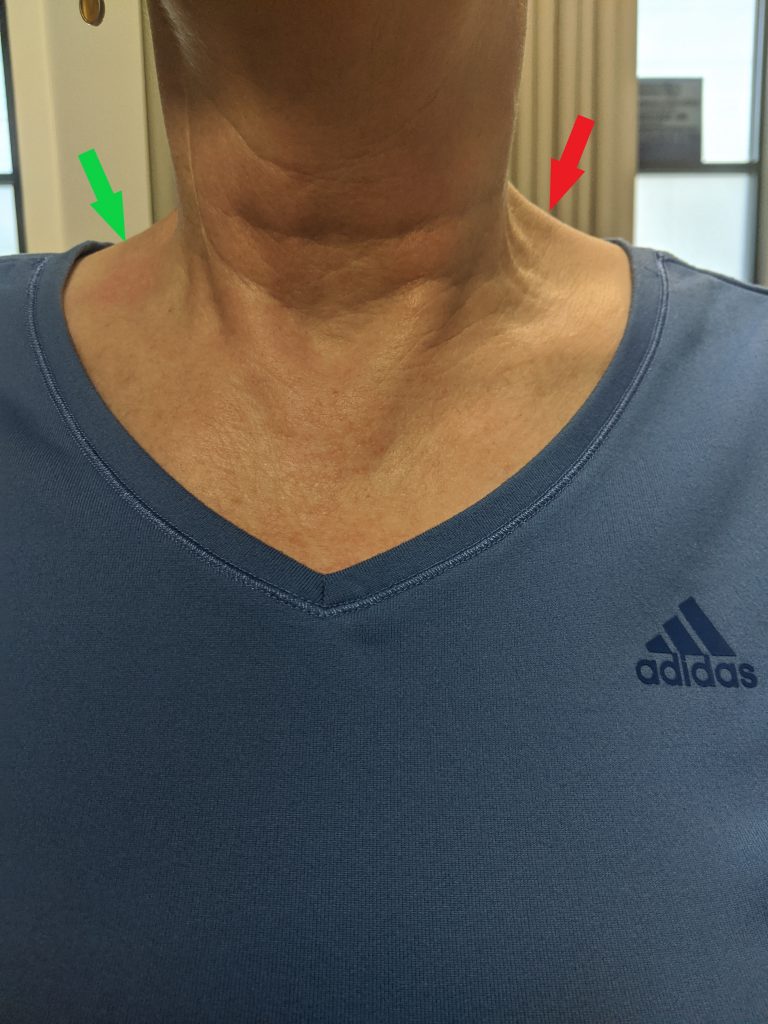Dry Needling FAQ
A new way of treating neuropathic pain has developed using acupuncture needles that allows for the nerve impulses to be “rebooted.” This technique is known as dry needling.
Dry Needling Vs Acupuncture
While dry needling technique was developed using thin needles like the ones used in acupuncture, the two are entirely different practices.
This is a modern form of dry needling that’s specifically used for treating various kinds of muscular and joint pains. These needles are inserted at different trigger points to release built-up tension at those areas that have resulted in the formation of hard muscles. The technique allows for the irritable spots to relax and unclench the tight muscles. This results in decreased pain and discomfort.
On the other hand, acupuncture is an ancient Chinese practice that’s used to treat several illnesses and ailments. It depends on the principles of “chi,” i.e. the flow of energy in living organisms. While it also uses fine needles inserted at the trigger point, the insertion points are chosen based on the traditional Chinese medicine philosophy (i.e. points that allow for the flow of energy). In dry needling, the needles are inserted directly into the muscles for alleviating chronic pain.

How it Works
During treatment the therapist first performs a specialized assessment to determine the best course of treatment. Typically, dry needling is conducted after conventional treatments such as stretching exercises and massages have been unsuccessful.
Once you’ve been deemed fit for dry needling, your physiotherapist will insert thin needles into the affected tight muscles. They’ll gradually manipulate the needles to induce a twitch response, after which the needles will be removed. This insertion of needles and stimulation of the muscles helps in normalizing the stretch reflex. The process resets the optimal length-tension in the previously tight muscles, helping them relax and release tension.

What Can Dry Needling Be Used For?
Dry Needling is extremely effective in treating posture-related pain, repetitive stress injuries, and overstretched muscles. It’s also useful for alleviating the discomfort caused by:
- Whiplash
- Lower back pain
- Muscles stiffness
- Tennis elbow
- Limited ROM
- Frozen shoulder
- Desk posture
- Sciatica
Motion Science Physiotherapy Clinic is a sports injury clinic in Winnipeg. Get in touch with our team today for more details about our services which include physiotherapy, shockwave therapy, massage therapy and more. Book Online here!
